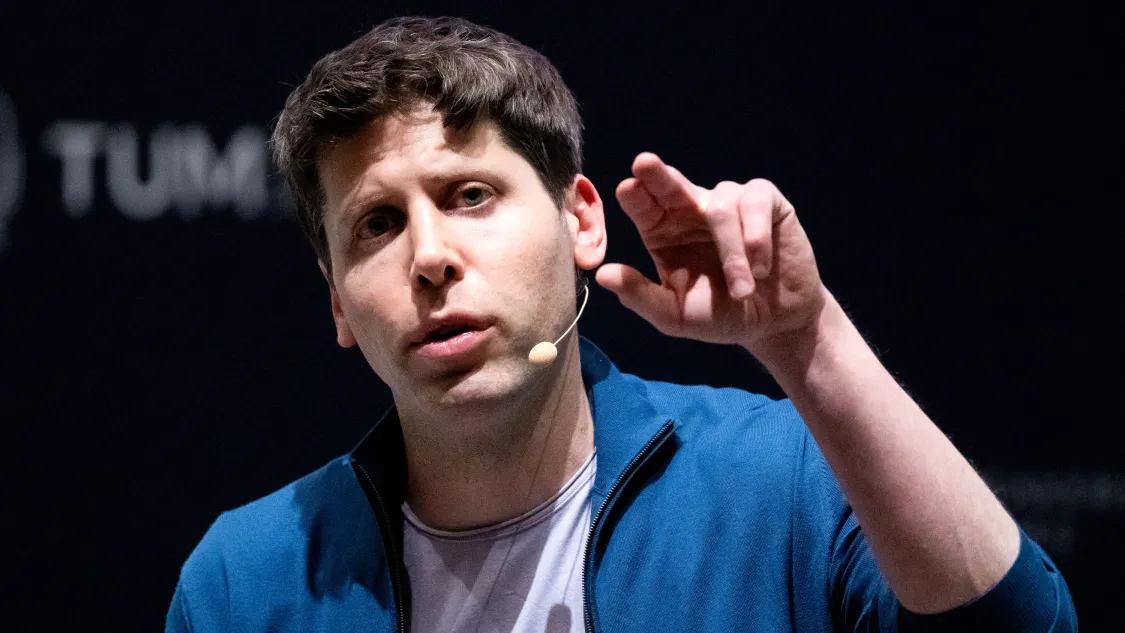OpenAI has created an AI model: A Leap Towards AGI and Scientific Discovery
When considering AI’s contributions to science, Google’s DeepMind and its groundbreaking protein-folding program, AlphaFold, often come to mind. AlphaFold’s success even garnered its creator a Nobel Prize. Now, OpenAI is stepping into the scientific arena with an innovative model aimed at engineering proteins, potentially marking a significant milestone in AI’s role in scientific discovery.
OpenAI’s New Frontier: Protein Engineering
OpenAI has unveiled a language model that designs proteins capable of transforming regular cells into stem cells, surpassing human capabilities in this intricate task. This initiative represents OpenAI’s first foray into biological data modeling and its initial public assertion that AI can yield unforeseen scientific outcomes. This development is seen as a critical step towards demonstrating AI’s potential to make genuine discoveries, a key indicator in the journey toward achieving artificial general intelligence (AGI).
Sam Altman, CEO of OpenAI, expressed confidence in the company’s ability to create AGI. He emphasized that “superintelligent tools could massively accelerate scientific discovery and innovation well beyond what we are capable of doing on our own.”
Collaboration with Retro Biosciences
The protein engineering project began a year ago through collaboration with Retro Biosciences, a San Francisco-based longevity research company. This partnership was not coincidental; Sam Altman had personally invested $180 million in Retro, aiming to extend human lifespan by a decade.
Retro Biosciences focuses on Yamanaka factors—proteins that can reprogram human skin cells into youthful stem cells capable of generating any tissue type. While this cellular “reprogramming” holds promise for rejuvenating organisms and producing replacement tissues, the process is currently inefficient, with a success rate of less than 1% in laboratory settings.
The GPT-4b Micro Model
OpenAI’s model, named GPT-4b micro, was developed to enhance the effectiveness of these Yamanaka factors. By re-engineering these proteins, the model has reportedly improved their function by over 50%, based on preliminary assessments. John Hallman, an OpenAI researcher, noted that the proteins generated by the model outperformed those created by scientists, indicating a significant breakthrough.
The model’s development was led by OpenAI researchers John Hallman and Aaron Jaech, along with Rico Meinl from Retro Biosciences. They utilized a focused data set, including examples of protein sequences and their interactions, enabling the model to propose meaningful redesigns of the Yamanaka factors.
Innovative Approach and Initial Results
Unlike Google’s AlphaFold, which predicts protein structures, OpenAI’s model deals with the uniquely unstructured Yamanaka proteins. The model was trained on a specialized dataset and utilized a “few-shot” prompting method, allowing it to generate effective protein redesigns despite the vast number of possible amino acid combinations.
Retro’s CEO, Joe Betts-Lacroix, highlighted the model’s effectiveness, stating that it produced real-world results immediately. The improvements in the Yamanaka factors were substantial, showcasing the model’s potential to revolutionize stem cell production.
Scientific Community’s Perspective
Harvard aging researcher Vadim Gladyshev, who consults with Retro, acknowledged the potential impact of OpenAI’s model. He emphasized the need for more efficient methods to create stem cells, particularly for reprogramming different cell types and species.
Future Implications and Ethical Considerations
OpenAI’s collaboration with Retro Biosciences raises questions about the intersection of AI, biotechnology, and potential conflicts of interest, given Sam Altman’s investments. Although OpenAI stated that no financial transactions were involved in the collaboration, the association with Altman and the pursuit of AGI could enhance Retro’s visibility and funding prospects.
The project remains in its early stages, with plans for publishing the findings to validate the results. Whether this technology will become widely available or integrated into OpenAI’s mainline models is yet to be determined.
In conclusion, OpenAI’s venture into protein engineering signifies a major step in leveraging AI for scientific breakthroughs. The potential to revolutionize stem cell production and the broader implications for AGI mark this as a noteworthy development in the ongoing evolution of artificial intelligence.




